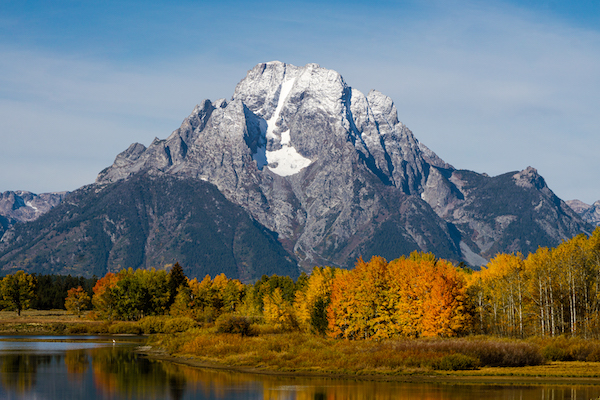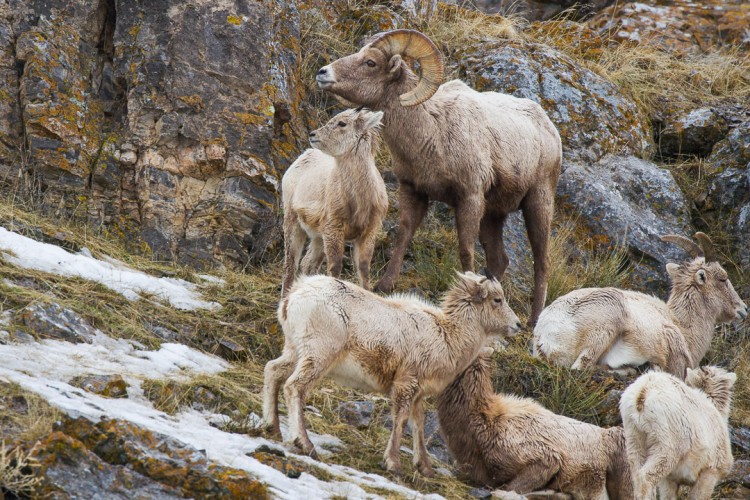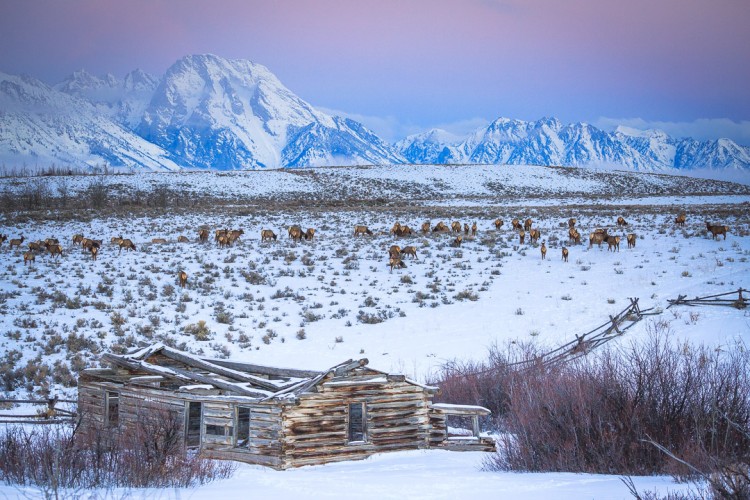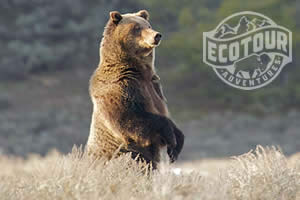Why are moose solitary?
This is perhaps one of the most popular questions we get asked on tour. Given that moose relatives–elk, bison, and bighorn sheep, to name a few–are herd animals, it’s reasonable to assume that moose are, as well.
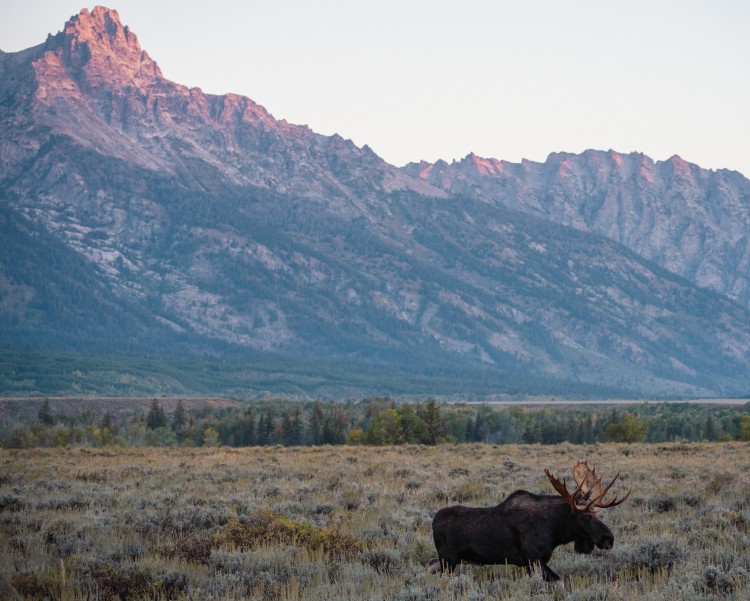
Photo by ETA Social Media Manager Kelsey Wellington.
However, with the exception of a cow (female) moose rearing young, moose are solitary creatures. At first glance, it might seem counterintuitive for such large animals to be solitary. After all, wouldn’t there be safety in numbers, especially against potential predators like wolves or mountain lions? While this logic holds true for other ungulates, moose thrive as loners, and their impressive size makes them a tough match for predators.
The biggest factor influencing this solitary behavior is diet. Moose primarily feed on a diet of woody vegetation, including leaves, twigs, and bark. As such, they require vast amounts of forage to sustain themselves. Biologists refer to this type of food as “browse” and the feeding as “browsing.” Compare this to “grazing,” in which animals feed on grasses and other low-lying plants. These food sources are much more widely available than browse, allowing animals that feed on it to travel in large groups, or herds. Given the fact that woody vegetation is less abundant, moose cannot afford to travel in herds nor share their food.
The caloric demands of moose, which can weigh up to 1,500 pounds and stand seven feet tall at the shoulder, are extremely high. Moose eat up to 16,000 calories per day and can spend as much as 12 hours per day eating. That’s eight times the recommended 2,000 calories per day that adult humans need! To make this easier to picture, 16,000 calories is equivalent to 53 slices of cheese pizza from Pizza Hut, or 28 Big Macs, or 84 glazed doughnuts from Krispy Kreme. Can you imagine having to compete with other animals for that much food? Don’t forget about the fact that moose are herbivores, so all these calories are coming entirely from plants! It’s no wonder these animals don’t want to buddy up with each other…
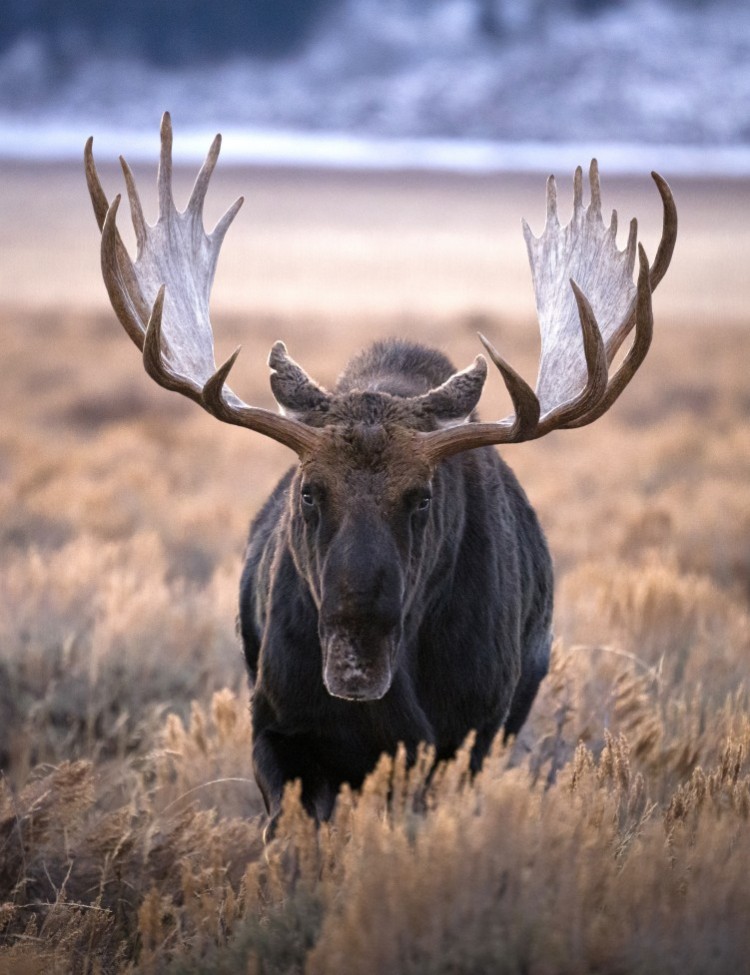
Photo by ETA Naturalist Roy Cruz.
Another reason for a moose’s solitary behavior is predation. While adult moose have few natural predators due to their size and strength, calves are vulnerable to predation by wolves, bears, and cougars, By living alone, moose can reduce the risk of predation on their offspring, as solitary calves are less conspicuous and easier for mothers to protect.
A moose’s solitary nature is the biggest reasn for the species’ well-known aggressive behavior. The lack of safety in numbers makes them much more defensive than elk or other herd animals. This protective instinct can kick in when in the nearby presence of humans, making them highly dangerous animals. Don’t let their status as herbivores make you underestimate them! It’s important to always keep your distance from moose and remain vigilant when in the wilderness. Many of our guides will tell you that, due to a moose’s highly unpredictable and aggressive nature, we are just as cautious around them as we are around bears. Keep your wits about you, travel in groups, and always carry bear spray (it’s not just for bears!). And don’t forget to appreciate the awe-inspiring magic of being in the presence of such a powerful, magnificent animal.


